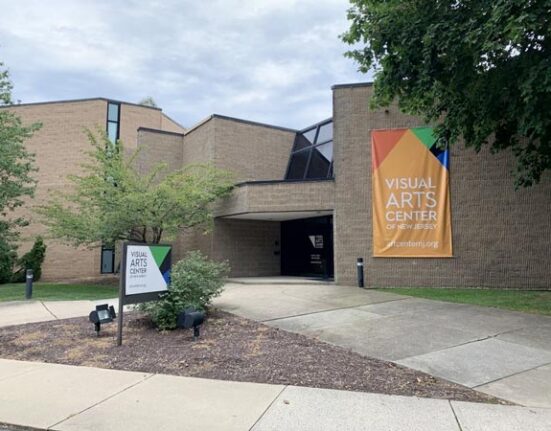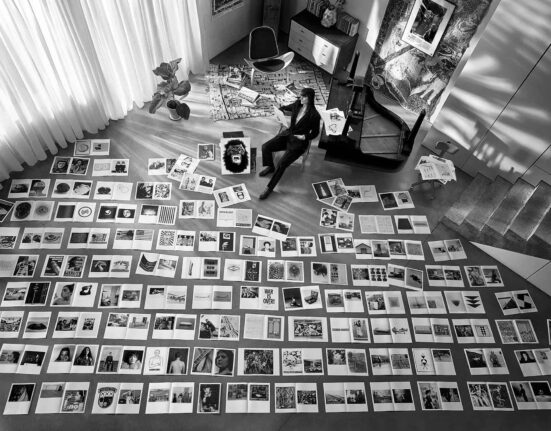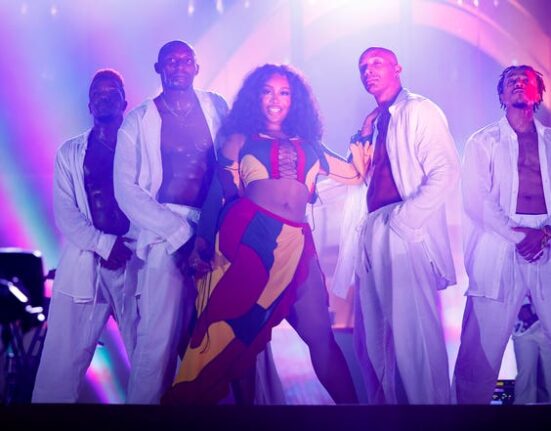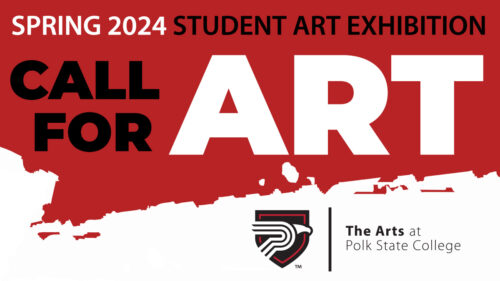As the long-awaited Apple Vision Pro mixed reality (MR) headset goes on sale today in the US, the art world’s creators of immersive and virtual spaces are preparing to take advantage of its high-fidelity visual capabilities.
The headset’s computing power and super-high-definition visuals—which have been noted by hard-nosed technology commentators this week as a dramatic improvement over its existing market rivals—mean that artists and developers will be able to show work, whether images, 3D models, video or virtual rooms, at an unprecedented, seemingly unpixelated, resolution. Previously, every virtual reality (VR) product launch has been in some way compromised by the need to reduce the file size and resolution of experiences drastically so as to function with the limited computing capacity of available headsets, phones or laptops.
The Art Newspaper spoke to two leading art world figures in art and technology—the breakout digital artist Refik Anadol, and Igal Nassima, the co-founder and architect of Vortic XR, the industry-leading VR and MR platform for art galleries—both of whom have worked across the spatial computing spectrum of augmented reality (AR), VR and MR in the ten years since Facebook (now Meta) launched the latest VR age by acquiring the headset maker Oculus. They tell us what the advent of the Vision Pro means for artists, galleries and art lovers.
Two headsets and two markets
The Apple Vision Pro is priced at an eye-watering $3,500—seven times the cost of the market incumbent mixed reality headset, the Meta Quest 3, which has been delivering an experience good enough for art lovers looking for a gallery-level experience since its launch last October. This high cost recalls Apple’s historic bravado in launching new tech at premium level; and all those dollars reflect the headset’s standout design and customisable fit to a user’s head, as well as its high-fidelity performance.
Nassima explains the maths. The Vision Pro, he says, has the computing power of an Apple M2 computer, while the Meta Quest 3’s capacity is in line with that of an Android Phone. Apple announces on its product website that the Vision Pro’s ultra-high-resolution displays “deliver more pixels than a 4K TV for each eye”, meaning that Vision Pro users can watch content on what looks like “a 100-foot screen”.
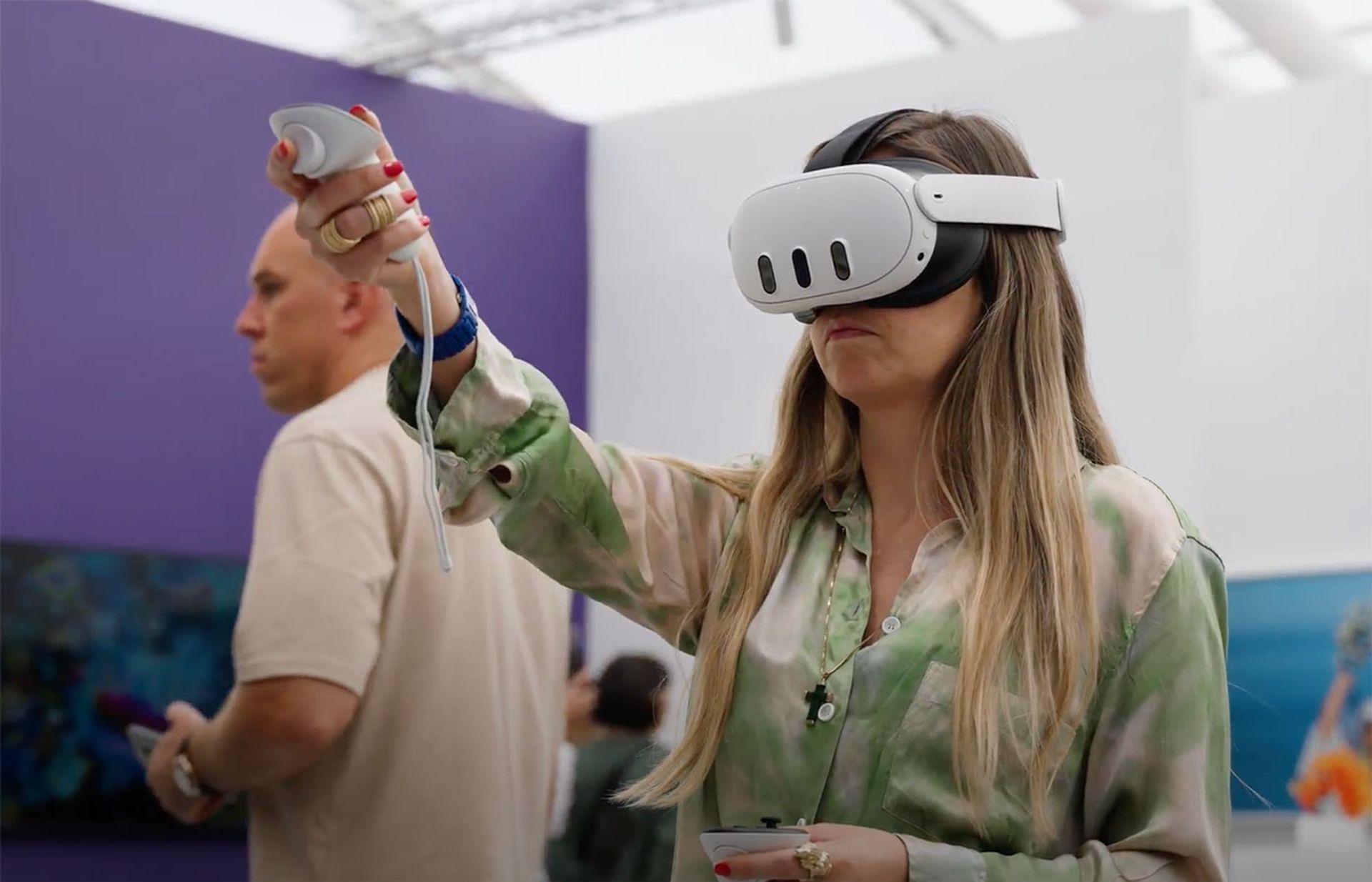
A user exploring a Vortic gallery space in a Meta Quest 3 mixed reality headset Courtesy Vortic
The two headsets are thus completely different creatures for all their apparent similarities. As Anadol puts it: the Vision Pro “has design elegance… [and an emphasis on] ergonomics”, while for the Meta Quest: “the approach is way different—it is a consumer everyday project. [The Quest and the Vision Pro] have different target audiences in mind.” To that end, the Refik Anadol Studio in Los Angeles, he says, has been creating in parallel for Quest and Vision Pro: “50/50. Using both”.
Both Quest and Vision Pro can act in either mixed reality or virtual reality. The mixed reality setting enables viewers to look through a headset to encounter screens and apps suspended in the context of their living space, and operable using gestures with their fingers (without using hand-held controllers).
‘So much to share next week’
The Vision Pro launches today with access to 1 million IoS and iPad apps, while Apple yesterday announced that it had approved “more than 600 new apps” built for the new headset. These new apps include offerings from Apple TV, Apple Music, Disney+, Microsoft 365 and some engaging approaches to bringing the weather forecast virtually and dynamically into your own space, evoking memories of Acute Art and Olafur Eliasson’s delightful AR app Wunderkammer (2020), which brought rain or sun into users’ rooms in the first weeks of the global Covid-19 pandemic.
There are some digital art apps in the first approved list, and custom offerings for Vision Pro from art world players will likely not be far behind. Earlier this week, Anadol teased, on X (formerly Twitter), beneath a Vision Pro image, that he had “So much … to share next week 🙂.
Vortic has already been working in mixed reality with the Quest 3 (launched last October) to add curatorial capacity to physical art shows, including LEDA and the SWAN: a myth of creation and destruction at Victoria Miro gallery in London (the gallery’s sales director is Oliver Miro, one of Vortic’s co-founders). With LEDA, viewers in the north London gallery space were able to view the exhibition “through” the Quest 3 headset, while bringing an additional virtual wall into their field of vision on which were hung high-resolution 3D models of celebrated but unborrowable drawings by Leonardo Da Vinci on the legend of Leda and the Swan, with captions playable by a user gesturing with their fingers.
Dreams of accessibility
Comparisons between the Apple Vision Pro and the Meta Quest are both unavoidable and instructive as Meta has been leading the headset field since their purchase of Oculus Rift in 2014 and because both Anadol and Nassima and the Vortic team have been attracted in the same timespan by the power of extended reality to immerse users across the globe in the experience of art and art exhibitions. To make museums and galleries accessible, virtually from anywhere, and with a negligible carbon footprint.
Anadol’s perspective has a particular interest as he was in at the beginning of the Oculus dream, acquiring a developer kit for the headset while he was studying for this master’s in fine arts at University of California Los Angeles (UCLA), when Oculus’s creator, Palmer Luckey, raised funds on Kickstarter in 2013 barely a year before the company was sold to Facebook.
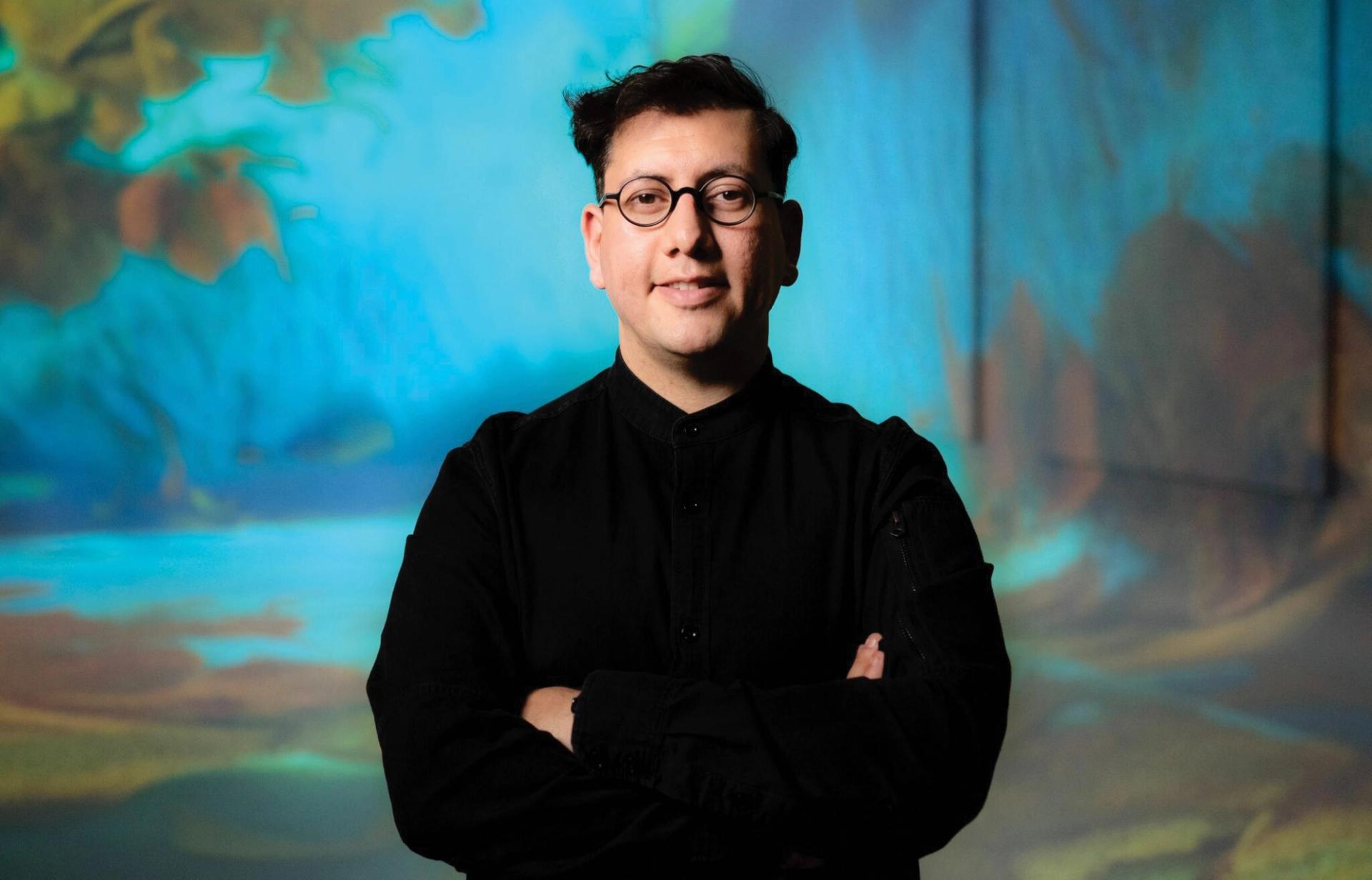
Refik Anadol: an artist’s journey with “data and artificial intelligence [AI] with light as the material. And AI as an assistant” Courtesy Refik Anadol Studio
His trajectory as an artist, he tells The Art Newspaper, has been “a journey with data and artificial intelligence [AI] with light as the material. And AI as an assistant”. In his early work in VR, he was inspired by the Californian light artists of the 1970s and 1980s, taking James Turrell, Dan Flavin and Robert Irwin as his mentors. It was a time, he says, when “the headsets were like a giant TV on your face” and where gaming was treated as an art form, led, at UCLA, by the game lab under the supervision of Eddo Stern.
“The world,” Anadol says, “has become much more receptive to virtual and immersive spaces” in the past four years. “The pandemic helped this medium to be understood. While everyone was at home. There was a paradigm shift.”
Anadol has had a highly visible recent path, with his pieces—based on the transformation of raw imagery into arrays of colour and light, powered by AI—featured at Art Dubai, Art Basel, the Museum of Modern Art, New York (MoMA), the Grammies and more; with a new show opening this month at Serpentine North, London. And his work was featured in the eye-opening first season at the giant Sphere immersive institution in Las Vegas.
Working with headsets, he says, “allows accessibility. And access to our world. When it is impossible to exhibit everywhere. We have exhibitions this year in the Rotterdam, London, Tokyo”. But working with MR headsets allows the studio to ask, “How can we be in more spaces?”
Art shows for less
For Nassima and Vortic this dream became a reality with the platform’s release, four years in development, in 2020, at the height of the global pandemic. The platform’s offering is to allow art galleries to get their exhibitions, at high quality, to their customers, at low cost, without any investment in tech themselves. The platform offers galleries a customisable gallery space where they can “hang” artworks in 3D, 2D or video, and add frames and special lighting effects; replicating, Nassima says, “all the tools you would find in a gallery”.
The act of curation takes place in medium definition, Nassima says, but the “magic happens” when the user sends the gallery “to render” and the finished gallery is optimised to the customer’s specification for web, phone or a VR headset, such as the Quest 3. The workflow means that preparing a gallery for the high quality visuals of Apple Vision Pro will require only an adjustment in the final rendering quality. All the file inputs remain the same given that artists and galleries start with high resolution assets.
A beautiful tension
There is a beautiful tension in digital art in February 2024, a tension of scale, where, almost to the day, the world has woken up to the phenomenon of giant immersive institutions—such as Sphere, Outernet and Teamlab—as cultural players and partners for the museum world, with the emphasis on large audiences at a physical site, while the world’s most successful tech hardware company, Apple, has finally played its hand in the immersive headset world.
Apple’s play gives artists, galleries and art lovers access to a digital space visually mixed with their home environment, where they have a new level of computing power to collaborate and share in a vast digital landscape. Innovative digital artists like Refik Anadol are now working in both spaces at once: composing for giant physical screens on one hand and for a new level of spatial computing on another—and using each to inform another.
The challenge for Apple and the mixed reality market as a whole is whether the engineers and marketing department in Cupertino can pull off the trick—one they have managed before with music players, the mobile phone, the laptop and the tablet—of resolving the equation of cost versus accessibility, to make the art world’s long-held dreams of full virtual access to museums, studios and galleries a sustainable reality.
- Refik Anadol: Echoes Of The Earth: Living Archive Serpentine North Gallery, London (16 February – 7 April)


